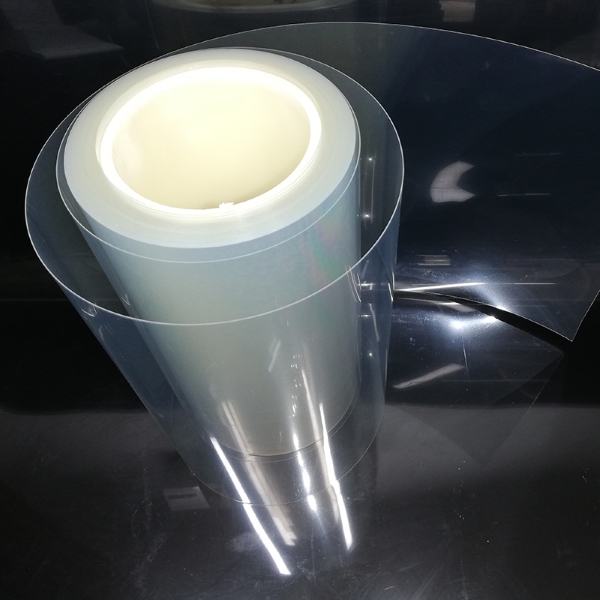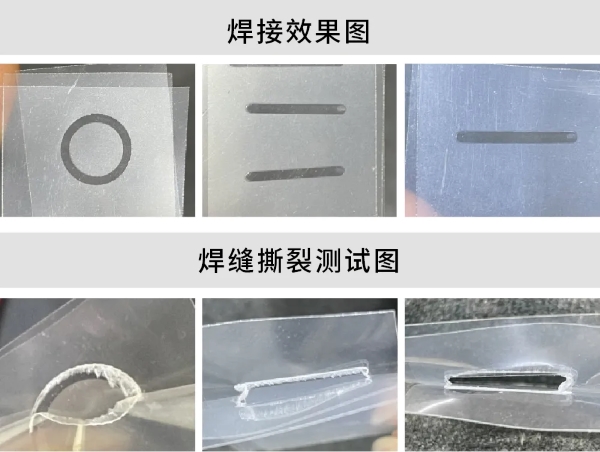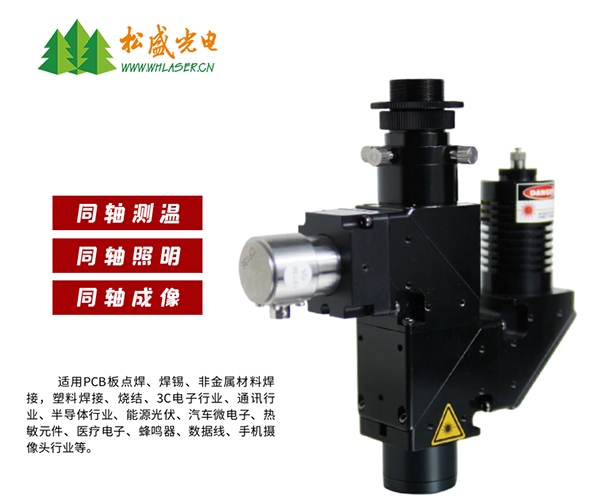Laser Plastic Welding Technology Applied to PET Film Welding
PET plastic is a thermoplastic polyester widely used in packaging materials, fiber products, engineering plastics and other fields. It has a relatively high melting point, generally between 250-260°C. It exhibits good thermal stability and dimensional stability, maintaining stable performance in high temperature environments. Additionally, it possesses excellent wear resistance and fatigue resistance. These superior mechanical properties make PET plastic widely applicable across various fields.

Illustration of PET Plastic Film
Traditional industries have employed various welding methods such as hot plate welding, friction welding, and ultrasonic welding. While these techniques have played significant roles in the historical development of plastic industries, they increasingly fail to meet the demands of modern manufacturing. Current production requires components with higher precision, sensitivity, miniaturization, and complex geometries, coupled with growing environmental sustainability requirements - challenges that conventional welding methods struggle to adequately address.
Principles of Laser Plastic Welding
The principle of laser plastic welding is primarily based on the high energy density of laser beams and their propagation characteristics within materials. The process involves stacking an upper substrate material (transparent to laser) and a lower substrate material (laser-absorbent) in vertical arrangement. When the laser irradiates the upper laser-transparent material, the beam penetrates to the interface of the lower layer, elevating the surface temperature of the lower substrate. The generated heat is then transferred to the upper material, causing both substrates to melt and fuse together.
Experimental verification has demonstrated that laser welding using a 2μm wavelength is particularly suitable for PET plastics. In the tests, quartz glass plates were pressed against both surfaces of the PET samples, and drag welding was performed at 30W power output. The resulting weld seams exhibited excellent formation with smooth and consistent surfaces on both sides, completely free from defects such as bubbles or burn-through. Tensile testing showed substrate tearing with weld residue, confirming that all test results met the experimental requirements.

Advantages of Laser Plastic Welding:
High Precision and Strength: Laser welding enables highly precise joining, producing seams that are accurate, robust, and hermetically sealed—ensuring airtight and watertight performance. This precision and durability make laser welding ideal for assembling complex components.
Non-Contact, Vibration-Free Process: As a non-contact energy transfer method, laser welding eliminates mechanical and vibrational stresses inherent in traditional techniques, significantly reducing thermal and vibrational stresses on plastic products.
Exceptional Flexibility and Adaptability: The adjustable shape and size of the laser beam allow precise control over the heat-affected zone and joint area, offering unmatched operational freedom. Furthermore, laser welding accommodates parts of varying dimensions and geometries, enabling both 2D and 3D welding applications.
Minimized Resin Degradation and Debris: The process generates negligible resin breakdown and particulate matter, prevents flash formation, and ensures seamless bonding around weld seams.
Rapid Heating/Cooling Cycles: Ultra-fast thermal cycles boost production efficiency while preventing heat-induced material degradation or deformation associated with prolonged exposure.
High Automation Compatibility: Laser systems integrate seamlessly into production lines with advanced automation capabilities, ensuring long-term operational reliability and low maintenance requirements.

Illustration of 2μm Coaxial Temperature-Measuring Imaging Laser Welding Head
Songsheng Optoelectronics has independently developed a coaxial temperature-measuring imaging laser welding head specifically for the 2μm wavelength, in response to market demands in the plastic welding sector. This innovative system features:
Real-time temperature feedback control through coaxial infrared thermometry, enabling dynamic energy adjustment to maintain welding consistency and maximize yield rates
Integrated coaxial CCD camera with monitoring system for precise workpiece positioning and tracking, preventing weld spot deviation during operation
Key Features:
· Online closed-loop temperature control;
· ultra-fine weld seams;
· coaxial CCD monitoring interface;
· compact and robust structure;
· fully sealed internal construction;
· coaxial laser, coaxial temperature measurement, and coaxial imaging;
· compact, sturdy, and reliable design with no unnecessary adjustment mechanisms for maintenance-free operation, suitable for high-intensity automated production lines.
· Proprietary technology: coaxial integration of laser, imaging, temperature measurement, and red light.
Contact: Mr.Xiao
Phone: +86-13385280662
E-mail: market001@whlaser.cn
Add: Room 02, Floor 5, Building 9, Gezhouba Sun City, No. 40, Gaoxin 4th Road, Donghu New Technology Development Zone, Wuhan